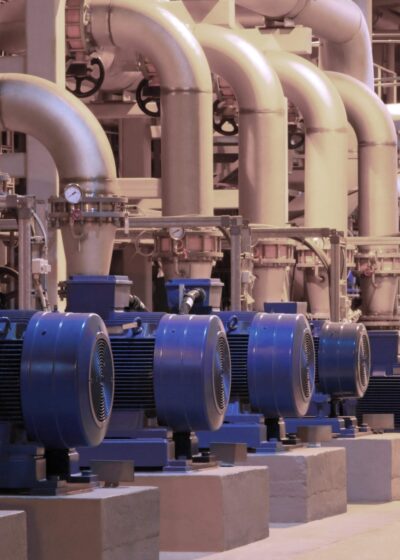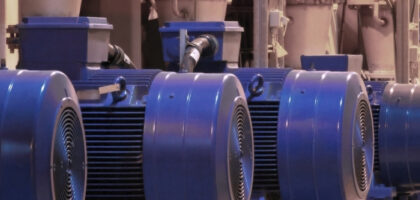
Centrifugal Pump Impellers – The Types & Their Impact
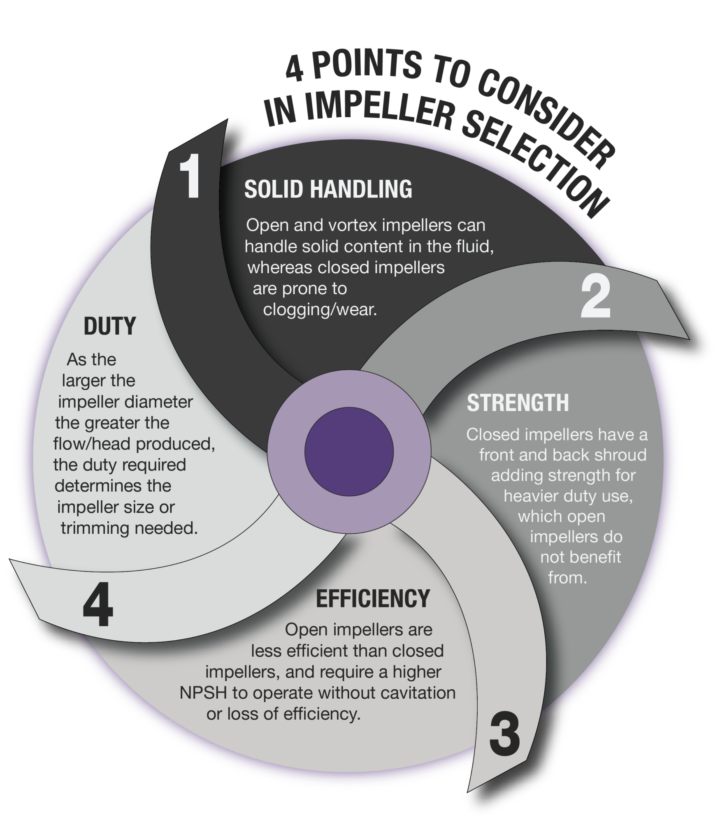
Of all pumping technologies centrifugal pumps are the widest known thanks to their efficient handling of many fluids. However, the specification of the right centrifugal pump for an application involves various considerations; one being the choice of impeller/s. But what is an impeller?
The impeller is the rotating component within the centrifugal pump design, which transfers the energy from the pump’s motor to the fluid. It is made up of vanes that come off an open inlet at the centre, known as the eye, which create a centrifugal force as they spin to move the liquid from the casing to the discharge point.
There are several types of impeller, each of which offer different performance characteristics that make it more or less suitable than the others for a particular application. Given the vital part it plays in a centrifugal pump’s operation, you can see why the type and size of the impeller is an important factor in pump specification. But what exactly are the differences and when do you choose which?
This article will cover just that, but if you’d rather a quick summary, click to download our handy infographic!
The Types of Pump Impeller
1. Open impeller
As its name suggests, an open impeller has vanes that are open on both sides without any protective shroud. As they don’t have any support either side they tend to be weaker, and therefore are typically used in smaller, inexpensive pumps that aren’t operated under significant strain. Whilst they are able to handle a degree of solid content unlike closed impellers, they require a higher NPSH to operate without cavitation, damage and loss of efficiency.
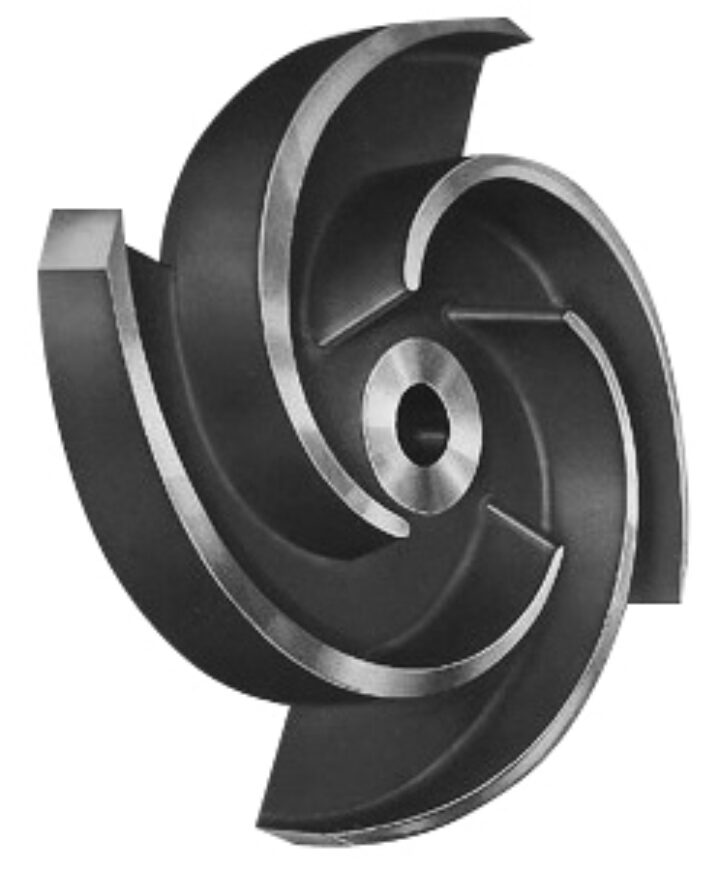
2. Semi-open impeller
Semi-open impellers have a back-wall shroud that adds mechanical strength to the vanes, whilst remaining open on the other side. They are somewhat of a middle ground between open and closed impellers in terms of efficiency and NPSHr, making them suited to medium sized pumps with a small amount of soft solids. It’s important to note with semi-open impellers that the clearance between the vanes and the pump casing needs to be small, as if too large slippage and recirculation will occur.
3. Closed impeller
Now you’ve read about the open and semi-open impellers, you can probably guess that a closed impeller has enclosed at the back and front, providing maximum strength. They have a low NPSH required and provide a more efficient flow. However they are a more complicated, expensive design due to their reliance on close-clearance wear rings to reduce axial loads and help maintain efficiency. They are the most popular impeller for large pumps transferring clean liquid as they are prone to clogging when in contact with solids.
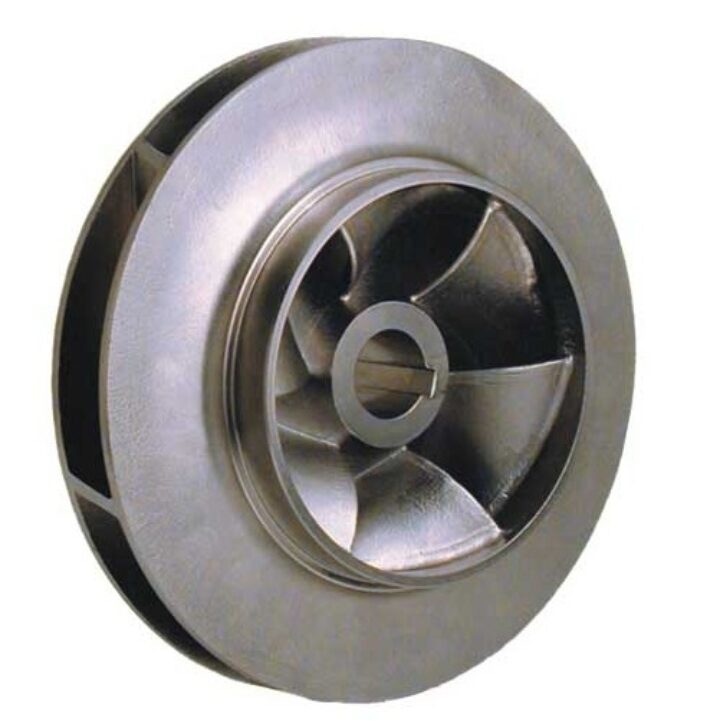
4. Vortex impeller
Unlike the three previous impellers discussed, vortex impellers are not channel impellers. In appearance they are similar to a semi open but have more space in the volute and work differently.
Its design is ideal for dirty fluids containing debris and stringy solids as it creates a whirlpool/vacuum which keeps any solids away from the impeller as the liquid is pulled through, therefore preventing damage to the internals. It’s minimal risk of clogging and solid handling capabilities are excellent, however efficiency is lower. For that reason, vortex impellers should only be selected when they have to be.
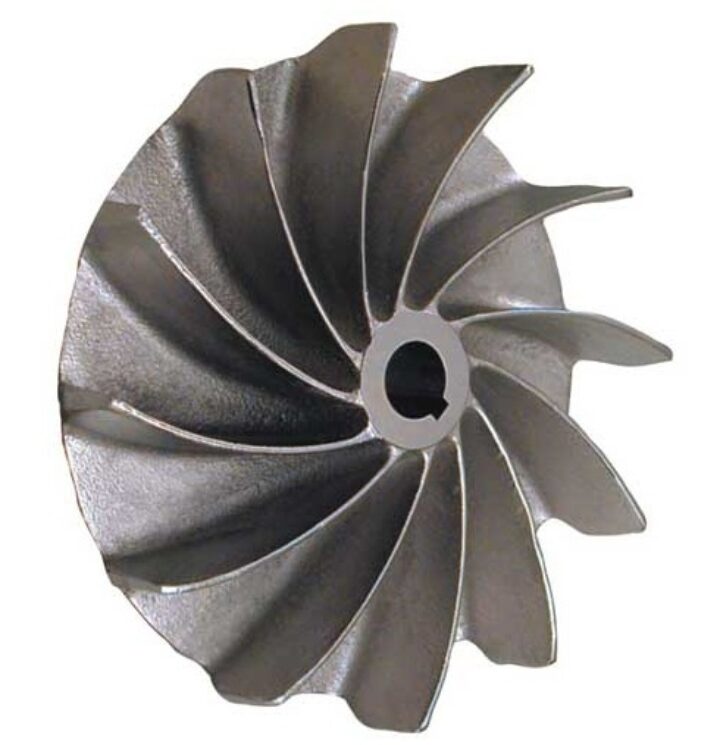
5. Cutter impeller
Like a vortex impeller, cutter impellers are designed to handle solids. However, they differ as rather than enabling the passing of solids like vortex impellers, they have sharp edged, scissor like vanes designed to grind and obliterate any solids before they enter the pump. Whilst efficiency is low, they are the ideal choice of impeller for the pumping of sewage and other waste where a channel impeller will clog.
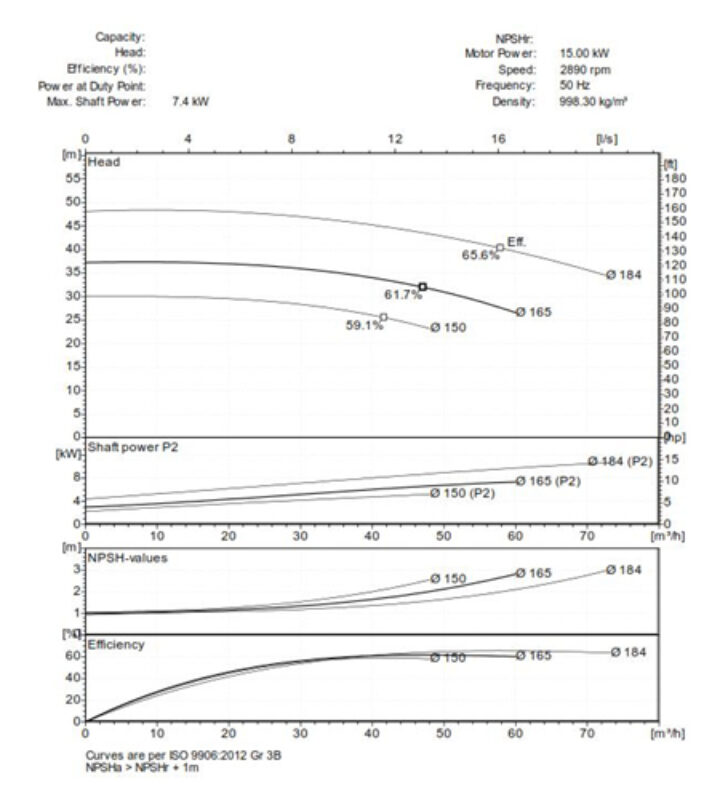
The impact of impeller diameter
As well as the type of impeller, it is important to consider the impeller diameter when specifying a centrifugal pump as this can affect its performance. As you can see, the graph below shows multiple pump curves that represent different impeller sizes and the impact that these have on the flow and head of the pump model in question.
The larger the impeller, the higher the circumferential speed at the impeller output and therefore the greater the head and flow produced by the pump, and vice versa. With this being the case, impellers can be trimmed to meet the specific duty point required by the application at hand. Most centrifugal pumps’ performance curves display the range of impeller trim sizes at which the pump can operate sufficiently. This is then used to determine the impeller diameter needed to achieve the performance requirements.
Impeller trimming is a lot cheaper than using a variable frequency drive to achieve the required duty point. However, the more an impeller is trimmed, the larger the clearance between it and the casing which results in efficiency losses. This is why there is a limit to which a pump's impeller should be trimmed.
Castle Pumps work with our customers to ensure our pump selection is based upon your requirements and therefore will select and trim impellers to suit. For centrifugal pump enquiries please contact our technical sales engineers on +44(0) 1773 533 283.
Are you looking for a centrifugal pump?
View our range or contact our technical sales engineers who are available to discuss your process with you in detail, ensuring you get the right pump for your requirements.
